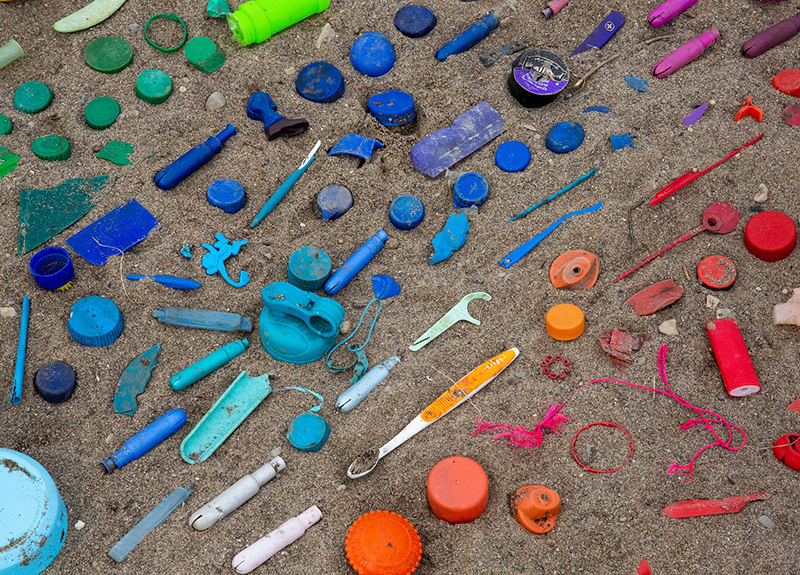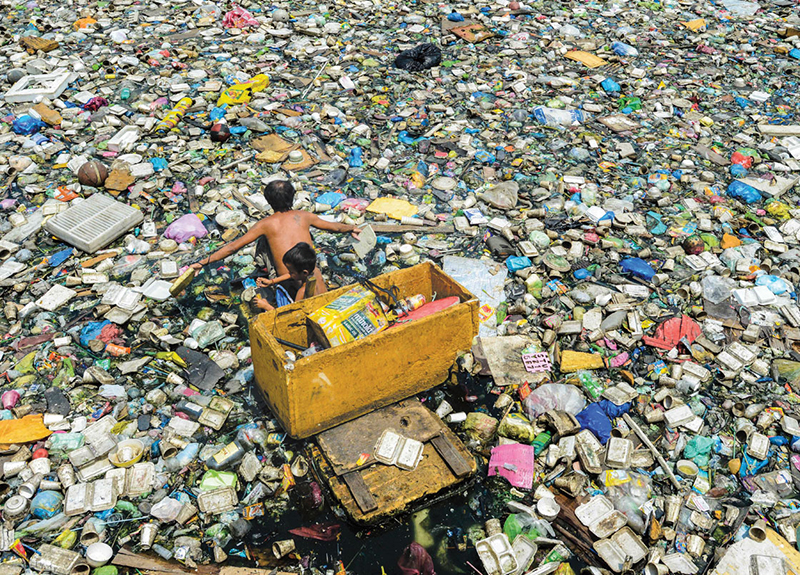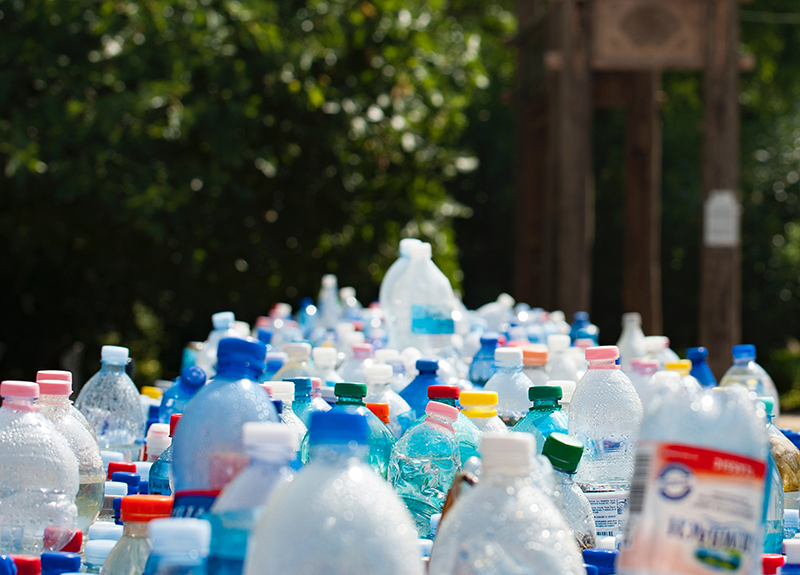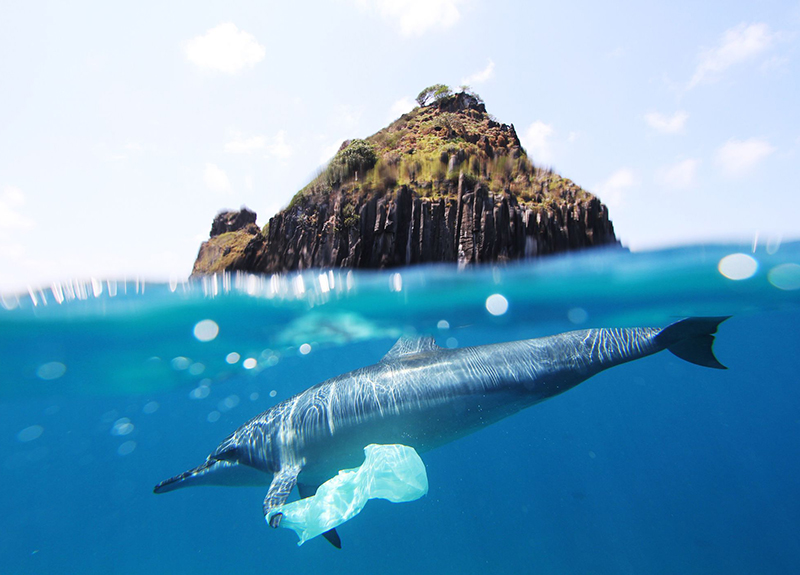In 2013, the first study was released concerning plastic pollution in the Great Lakes, a basin containing over one fifth of the world’s freshwater supply. The Great Lakes basin is an important water ecosystem as it provides drinking water to more than 35 million people. And when the study’s findings revealed observed concentrations of plastics that were as high as what researchers had found in the oceans, Professor Matt Hoffman, a resident of the basin that relied on them for water, was concerned.
If this were true, could the massive swirling garbage patches of plastics in the ocean also be found in the Great Lakes? That was one of the first questions Hoffman, the director of the Rochester Institute of Technology’s master program in applied and computational mathematics, set out to answer by studying the movement of plastics in freshwater systems. While Hoffman didn’t find garbage patches in the Great Lakes, the investigation spurred him to continue studying the transport and fate of plastics in the region. In 2016, his research uncovered that nearly 10,000 metric tons—or 22 million pounds—of plastic debris enter the Great Lakes every year from the United States and Canada.
Hoffman is one of the collaborators at the Institute for Sustainability and Energy at Northwestern’s (ISEN) latest initiative, the Program on Plastics, Ecosystems, and Public Health. The Program aims to address and find scalable solutions to the problem of global use and accumulation of plastics. In order to do so, the program takes a multidisciplinary approach, bringing together a network of researchers to focus on three intersecting research areas: material and product innovation; air, land and water ecosystem dynamics; and public health impacts. Hoffman’s research on plastics centers on the fate of the material in freshwater ecosystems.
“There have been a few recent activities where people have attempted to create some sort of plastic initiative, but mainly they focused on ocean problems,” he said. “So it was great to see ISEN include freshwater in its scope.”
Through computational model forecasting, Hoffman hopes to answer a myriad of research questions: where is all the plastic in the Great Lakes going? Does it stay on the water’s surface? In the sediment at the very bottom of the lakes? Or does it wash back up on beaches? By answering all of these questions, he hopes that scientists can then determine what the ecosystem impact of plastics will be across different regions. However, given the unique characteristics of plastic pollution, these questions are not easy to answer.
“Plastic is not a single thing, like mercury, which has is a single chemical. Plastic pollution is a collection of very different sizes and chemical compositions,” he explained. “This makes it difficult to trace transportation because we don’t know what the distribution of these various characteristics are.”
Given their variable characteristics, plastics undergo a variety of physical and chemical changes that are atypical of traditional pollutants. Currently, Hoffman is focusing on plastics that are buoyant, or those that would be found on the water’s surface. He understands that his work is only addressing one aspect of a complex problem of global significance, and that is why he is excited to be joining the Program on Plastics, Ecosystems, and Public Health.
“Solving the issue of plastics will take some combination of personal behavioral changes and technological advancement,” said Hoffman. “This program is the interdisciplinary approach and type of team that is needed to make significant progress.”







